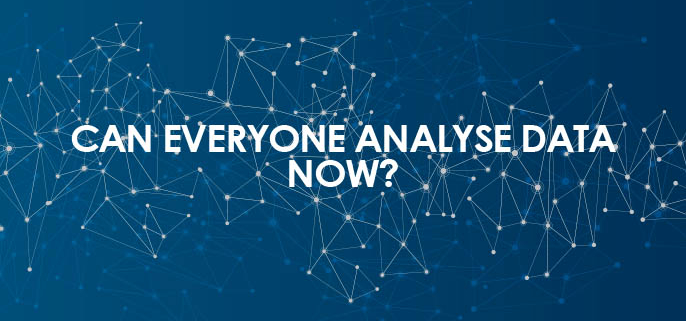With Big Data, data is everywhere. Will analysing it remain the preserve of a few experts?
Thirty years ago, document printing was only performed by a small comfortable elite. Then came the age of universal access where every household has progressively been able to own its own affordable printer. Finally, the Internet has multiplied printing capabilities astronomically by giving everyone access to more documents than a human being could ever read.
Printing and analysing data, same issue, says Jonathan Gosier, co-founder of metaLayer.com Invited to speak at the Strata conference on 1st March on “Universal access to data platforms”, he stressed the relationship between the increased amount of data and the availability of tools to deal with it.
“Everyone has his own Big Data problem” he stated.
The issue concerns both the phenomenal number of emails which we all receive every day and the issue of getting a fast response to a question, from the Internet or a database.
However, businesses, governments and private individuals are not equal when faced with data abundance. “Being able to understand what data is available, how to manipulate it and how to use it to improve one’s life, is not a skill that everyone possesses”, comments Jonathan Gosier. This is what he calls “The Data Divide”, the gulf which can exist between two users, in the same way that different generations do not have the same skills with digital technologies.
With Big Data, data is “being democratised”. Therefore this trend should logically be accompanied by universal access to data analysis in the same way as personal printers were deployed.
How is business being affected?
This trend towards universal availability is also noted by Hubert Guillaud, chief editor of the website InternetActu. “Up till now data analysis was the preserve of experts and data analysis companies ….. Can data analysis become more available to everyone?” For private individuals, this is about developing more and more automation and personalisation tools with a significant effect on the quality of the results.
This trend is also having a significant impact on business. It implies that understanding data becomes widespread. Business Intelligence is being confronted with this issue of “BI for All” which should enable everyone to respond to data and promote good decision making, at all levels in the company. In 2011 a quantitative study by a well respected body confirmed the growing strategic place of data analysis in businesses, made more and more ubiquitous by the widespread availability of these analysis tools.
Faced with more and more data, good understanding and good communication are priority objectives.
During his presentation Jonathan Gosier considered the example of Data Visualisation. “Under no circumstances is visualisation used to replace expert analysis… but it simply represents a way to communicate across knowledge boundaries” he said.
An example which is confirmed by Xavier Rauch, Director of Business Intelligence R&D at Coheris and a member of the Visual Decision Association. “Universal access to and presentation of data is important. It is being brought in by the Internet or problems such as Open Data”. While data is more and more widely available and accessible, making it understandable henceforth requires being able to “carry over a message, make scenarios, with aspects of storytelling” says the dataviz expert.
For both private individuals and businesses, making sense of data will therefore remain a permanent challenge.
**
Strength in Numbers: How Does Data-Driven Decisionmaking Affect Firm Performance ? – Erik Brynjolfsson, Lorin M. Hitt, Heekyung Hellen Kim (22 avril 2011)


Leave a Reply
Want to join the discussion?Feel free to contribute!